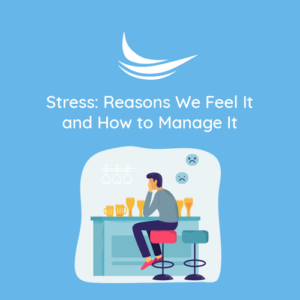 https://care-clinics.com/wp-content/uploads/2025/07/stress.jpg
500
500
Marketing
https://care-clinics.com/wp-content/uploads/2022/10/CAREcounseling_logo-300x138.png
Marketing2025-07-15 10:54:022025-07-15 10:54:02Stress: Reasons We Feel It and How to Manage It
https://care-clinics.com/wp-content/uploads/2025/07/stress.jpg
500
500
Marketing
https://care-clinics.com/wp-content/uploads/2022/10/CAREcounseling_logo-300x138.png
Marketing2025-07-15 10:54:022025-07-15 10:54:02Stress: Reasons We Feel It and How to Manage ItREFERAL PARTNERS
We strive to work with industry leaders to bring the best and latest information to our clients. If you are interested in becoming a referral partner : Click Here
 https://care-clinics.com/wp-content/uploads/2025/07/stress.jpg
500
500
Marketing
https://care-clinics.com/wp-content/uploads/2022/10/CAREcounseling_logo-300x138.png
Marketing2025-07-15 10:54:022025-07-15 10:54:02Stress: Reasons We Feel It and How to Manage It
https://care-clinics.com/wp-content/uploads/2025/07/stress.jpg
500
500
Marketing
https://care-clinics.com/wp-content/uploads/2022/10/CAREcounseling_logo-300x138.png
Marketing2025-07-15 10:54:022025-07-15 10:54:02Stress: Reasons We Feel It and How to Manage It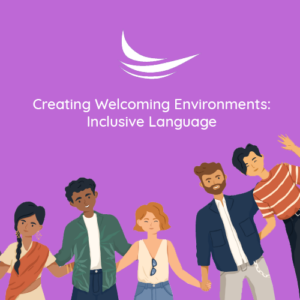
Creating Welcoming Environments: Inclusive Language
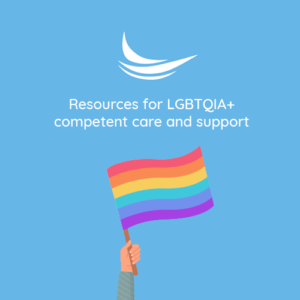
Resources for LGBTQIA+ competent care and support
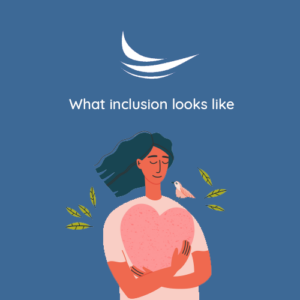
What inclusion looks like

CARE Counseling & University of St. Thomas Athletics: A Partnership Rooted in Mental Wellness and Community
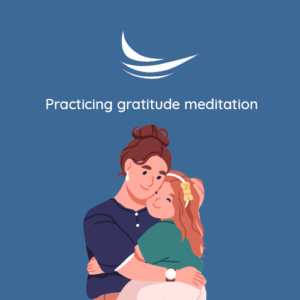
Practicing gratitude meditation
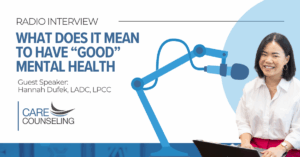
KKBJ Radio Feature “What Does It Mean to Have “Good” Mental Health?”
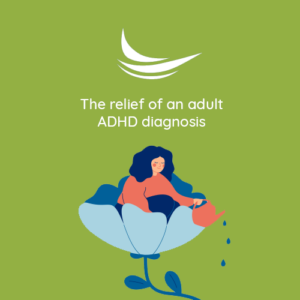
The relief of an adult ADHD diagnosis
CARE COUNSELING LOCATIONS
Edina : 3601 Minnesota Dr., Ste.575, Edina, MN 55435
Bloomington : 7400 109th Street West, Bloomington, MN 55438
Loring Park : 310 Clifton Ave, Minneapolis, MN 55403
Mankato : 501 N Riverfront Dr, Mankato, MN 56001
Maple Grove : 11671 Fountains Dr Suite 200, Maple Grove, MN 55369
Mendota Heights : 1155 Northland Dr., Mendota Heights, MN 55120
Minneapolis : 204 W Franklin Ave, Minneapolis, MN, 55404
Plymouth : 4100 Berkshire Ln N, Suite 250, Plymouth, MN 55446
St. Louis Park : 7601 Wayzata Blvd, Minneapolis, MN 55426
Woodbury : 8980 Hudson Boulevard North, Lake Elmo, MN 55042
Contact Us
Fax Us
(833) 972-1118
Billing Questions
Please contact our billing provider (877) 299-5426
Administrative Hours
Monday – Thursday 8am – 5pm
Friday 8am – 3pm

